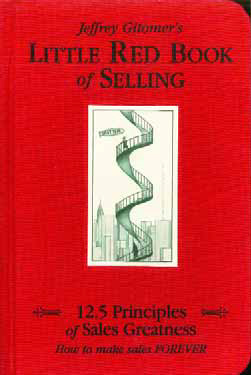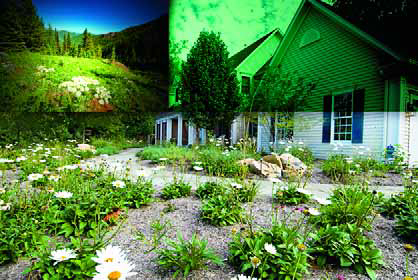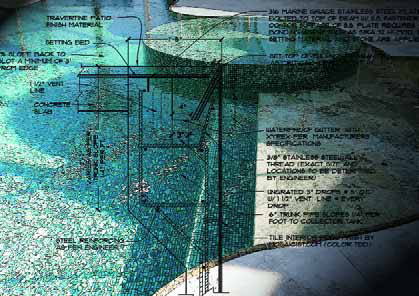ARTICLES
Advance Search
Aquatic Health
Aquatic Health, Fitness & Safety
Around the Internet
Aquatic Culture
Aquatic Technology
Artful Endeavors
Celebrity Corner
Life Aquatic
Must-See Watershapes
People with Cameras
Watershapes in the Headlines
Art/Architectural History
Book & Media Reviews
Commentaries, Interviews & Profiles
Concrete Science
Environment
Fountains
Geotechnical
Join the Dialogue
Landscape, Plants, Hardscape & Decks
Lighter Side
Ripples
Test Your Knowledge
The Aquatic Quiz
Other Waterfeatures (from birdbaths to lakes)
Outdoor Living, Fire Features, Amenities & Lighting
Plants
Ponds, Streams & Waterfalls
Pools & Spas
Professional Watershaping
Structures (Editor's Notes)
Travelogues & History
Water Chemistry
WaterShapes TV
WaterShapes World Blog
Web Links
Around the Internet
Aquatic Culture
Aquatic Technology
Artful Endeavors
Celebrity Corner
Life Aquatic
Must-See Watershapes
People with Cameras
Watershapes in the Headlines
With every new project, we always strive to create unique watershapes that reflect particular clients’ wants, needs, dreams and imaginations. What this means, given the fact that every client is an individual, is that no two of our pools are ever quite the same. In the case described in this article, for example, the clients’ distinctive personalities led us to create something that’s more like a waterpark than a residential pool/spa combination. In a very real sense, it reflects their personalities and a sense of the magic they find in certain chapters of our history – a special space for them to enjoy with their children. The clients purchased the newly built home on a hill overlooking the ocean in
As a rule, I’ve resisted the temptation to cover books about sales in these columns. I’ve read a great many of those books through the years, and I’ve always tended to think of them as buffets where I pick up useful insights, wisdom or motivation – and ignore suggestions that don’t seem as useful. But no single book I’ve run into has proved to be so helpful that I’ve felt compelled to share it with you here. At last, however, I’ve found an exception – a wonderful book by emerging sales guru Jeffrey Gitomer called The Little Red Book of Selling (Bard Press, 2004). I picked up a copy of this compact 220-page volume two years ago at an airport bookstore (and have picked up a couple more since then), and I see why Gitomer is becoming one of the leading voices when it comes to sales. He may not have reached the same status as Zig Ziglar or Dale Carnegie (both of whom I admire greatly), but his star is
My part of New York hasn’t been hit too hard so far, but it seems these days as though much of the United States is in the throes of a sustained and (in places) severe drought. Even where I am, we’re in what the meteorologists are calling a “moderate” dry spell. This turn of events has made me determined to design landscapes requiring as little water as possible – one consequence being that I now do all I can to avoid using large expanses of
It’s true for any watershaper: No matter how varied the work you do, it never hurts to be known for the ability to do something special – and for doing it exceptionally well. Through the years, for example, my firm has polished its ability to provide our clients with watershapes reflecting a wide variety of tastes, styles and features, but to an extent that sometimes surprises even me, we’re known among prospective clients for
It seems strange to write these words: In this issue, please find the last of David Tisherman’s “Details” columns. After seven years, he has decided that these monthly discussions have run their course and that it’s time to step aside. During those seven years, David has
It all started in 2002, when I was contacted by an architect who’d been retained to design a recreational complex for a huge estate in a wealthy Chicago suburb. I knew at the time that this would be big, but in those early days I had no clear idea exactly what it would ultimately entail. It’s a familiar story: Before the call came in, the homeowner had spoken with a number of pool-contracting firms in the area and had visited a number of projects that failed to impress her. The unusual thing is, at the time she called I was focused exclusively on pursuing large-scale commercial projects and waterparks and didn’t see anything even approaching a
As I see it, successful landscape lighting is a two-part process: First, the designer applies aesthetic principles that create the art, then he or she supports that artistic vision with scientific and technological savvy. One without the other doesn’t work: You can’t effectively practice the art until you’ve mastered the science. In my 17 years as a lighting designer, I’ve encountered lots of professionals who have the artistic part of the equation down pat but fall well short when it comes to working with electricity. The plain fact is, you can use the best fixtures in the world and understand the aesthetic issues like the back of your hand, but if you can’t consistently deliver power to those fixtures at correct, reliable voltages, the overall system will not perform properly and has the potential to become a maintenance nightmare. There’s no way a single article can bring anyone up to speed with all of the issues involved in the science lighting. Instead, my intention here is to introduce watershapers to a basic, commonsense approach to laying out low-voltage, halogen lighting systems, the goal being to enable you to converse intelligently and persuasively with lighting designers in the interest of helping
Not to diminish the painted ponies of The Wizard of Oz, but Steve Mann’s hydraulophones are horses of a different color. These watershapes come in all sorts of shapes and sizes, from landmark centerpieces that have the sculptural grandeur of pipe organs all the way down to water-flutes that resemble brightly colored tadpoles. What’s most remarkable about these devices isn’t just their structural and artistic variety or the ways they look as visual art: It’s the sounds they make. At first, the natural comparison is to a pipe organ, but as you listen, a variety of shadings and other sonic reverberations emerge, slip and slide around you. What’s more, hydraulophones invite people to insert their fingers into the jetting water to shape the sound and squeeze out the shape of each note, and a variety of sonic textures are possible depending upon
Although we might not commonly think of watershaping and exterior design in this way, a great many of the details we shape are designed to fool the eye or somehow create illusions. Consider the pools that are made to appear so natural that they don’t seem to have been man-made – or vanishing edges that conjure the impression that there’s no visual boundary between the surface of a swimming pool and a distant body of water. Those are two familiar tricks of the trade, but if you stop and think about it, there are many less-obvious examples as well: water flowing under a bridge that leads to nowhere; rocks half buried in the landscape to give the illusion that they are part of a subterranean geological formation; small bits of individual tile that come together to form a mosaic image; or modular walls that appear to float in space. In my own work, to add another example, I’ve started to be deliberate about






















Forward Motion